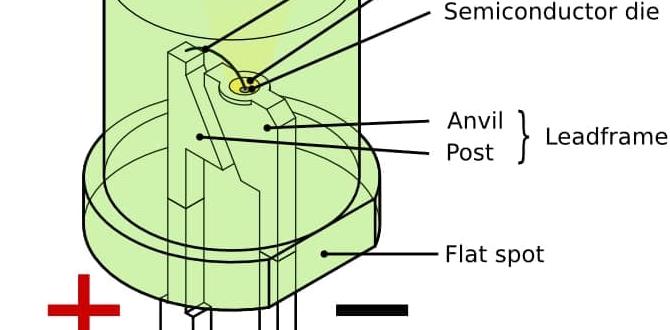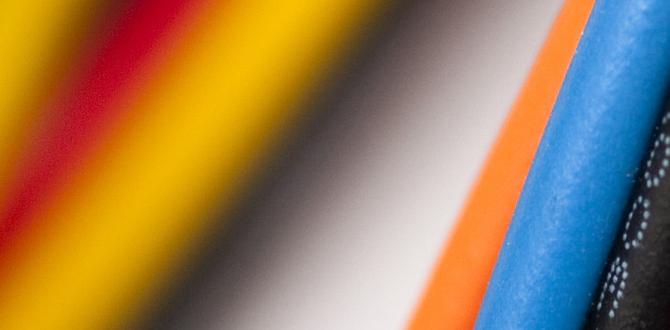Have you ever watched a giant ship glide over the water and wondered, “How do ships not sink?” It’s a fascinating question! With so much weight and size, it seems like a mystery. But the truth is, these massive vessels float thanks to some clever rules of physics.
Imagine if a big rock jumped into a pool. It would sink like a stone. But ships are designed differently. They can carry loads of cargo and people while staying safe above water. Isn’t that amazing?
From their shape to how they manage weight, ships use smart tricks to stay afloat. Did you know that the hull of a ship is like a giant balloon? It displaces water, which helps keep the ship up! Join us as we explore how ships don’t sink, revealing the secrets behind these incredible machines.
How Do Ships Not Sink: Understanding Their Design And Stability
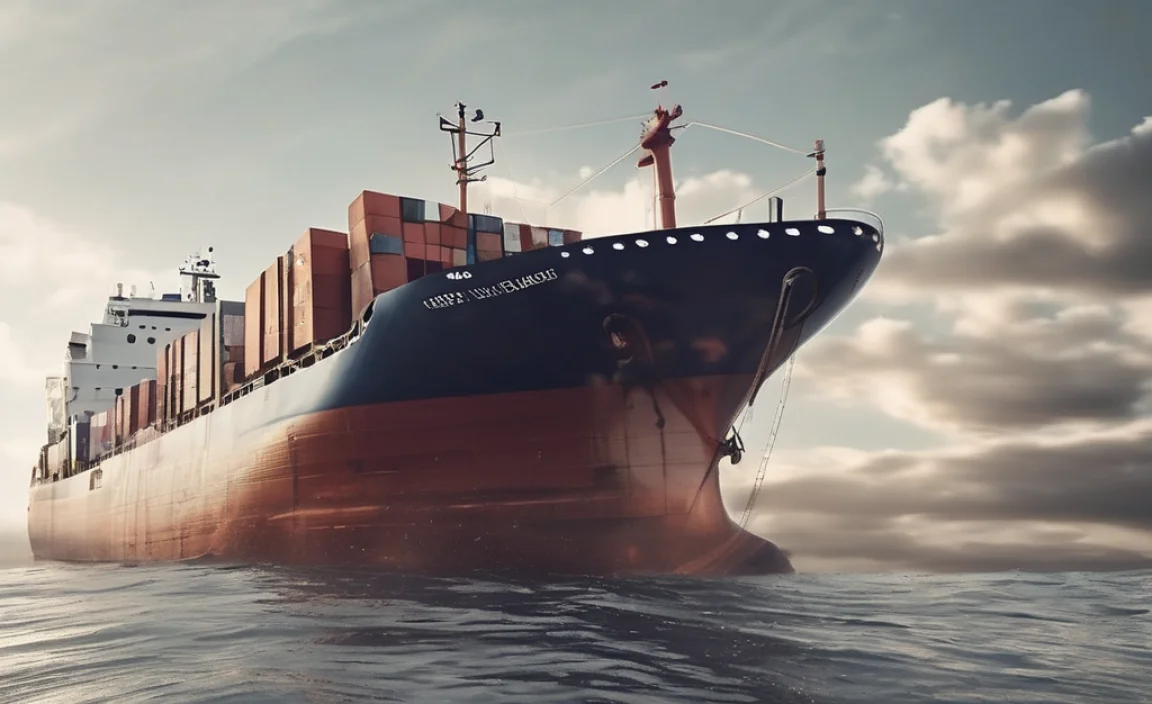
How Do Ships Not Sink
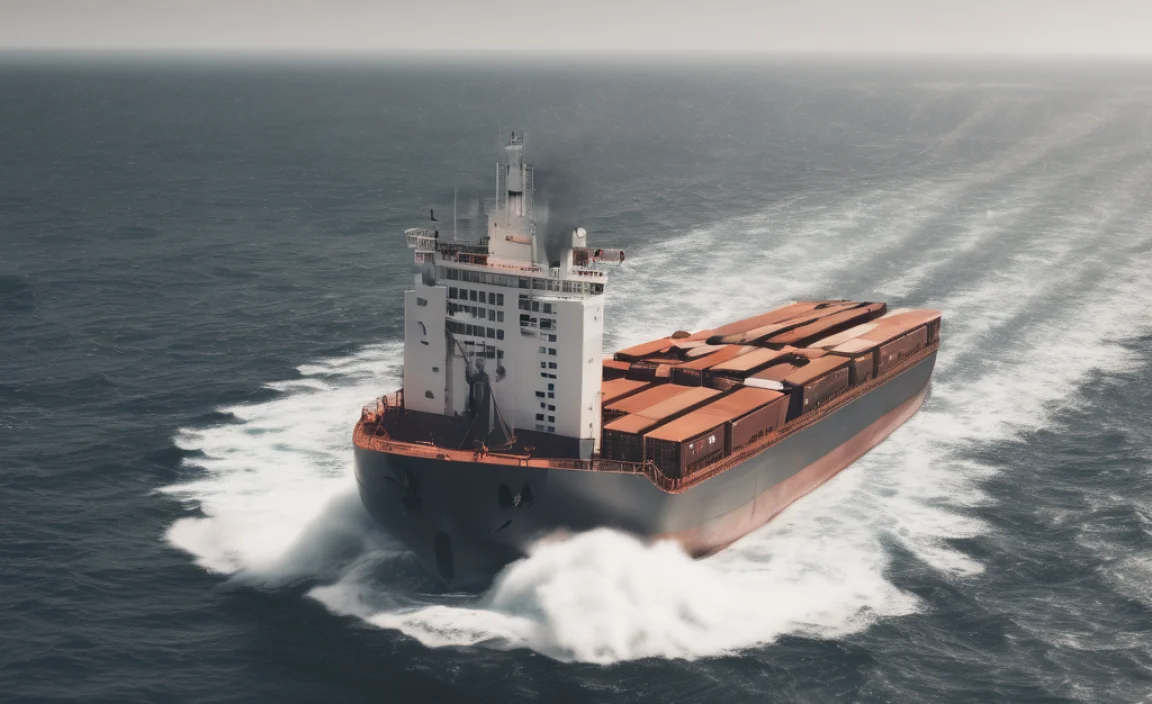
Have you ever wondered how big ships float without sinking? The secret lies in two key concepts: buoyancy and weight distribution. Ships are designed to displace a lot of water, which creates upward force. This force keeps ships afloat, even when they carry heavy cargo.
Fun fact: the Titanic was so large it could hold over 2,200 passengers! With proper design and shape, even the heaviest ships stay above water, letting sailors travel across oceans safely.
Understanding Buoyancy
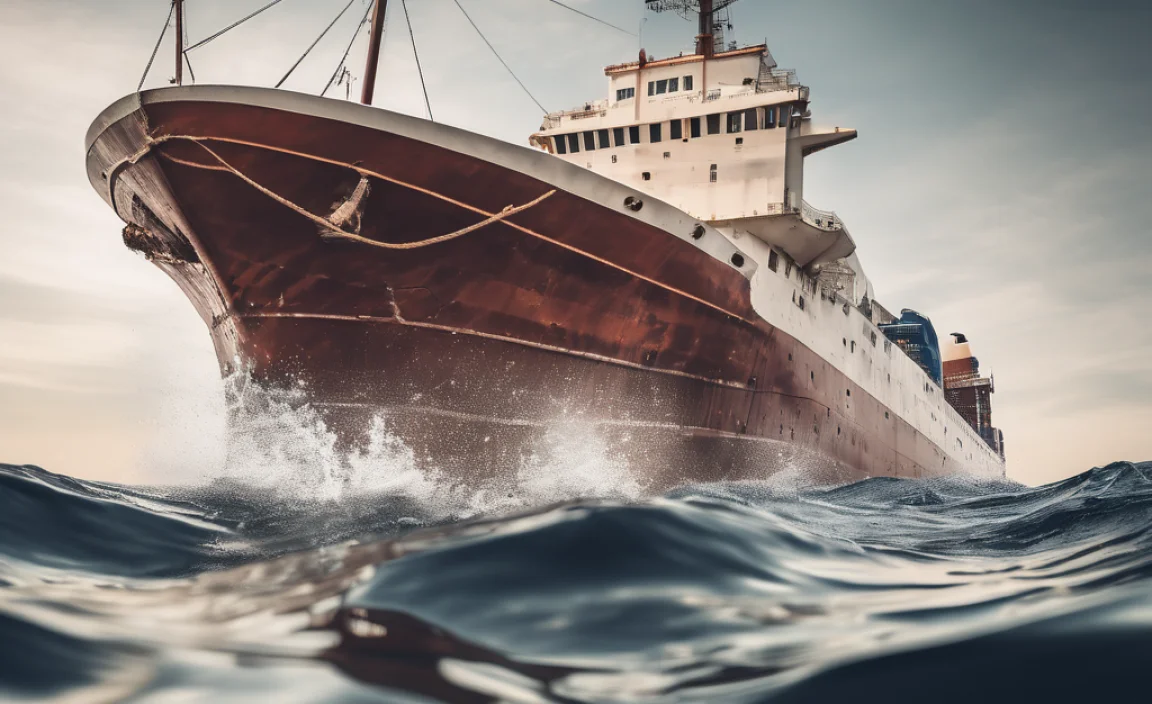
Definition of buoyancy and its principles. Archimedes’ principle and its relevance in naval design.
Buoyancy is the force that keeps things afloat in water. It happens when an object pushes down on water, making the water push back up. This is known as Archimedes’ principle. It states that a floating object displaces water equal to its weight. Ships are designed to be light and wide to stay above water. Without buoyancy, they would sink!
What is buoyancy?
Buoyancy is the upward force that helps objects float in liquid.
Key principles of buoyancy:
- Weight of the object: If it weighs less than the water it displaces, it floats.
- Shape of the object: A wider shape displaces more water, helping it stay afloat.
Ship Design and Stability
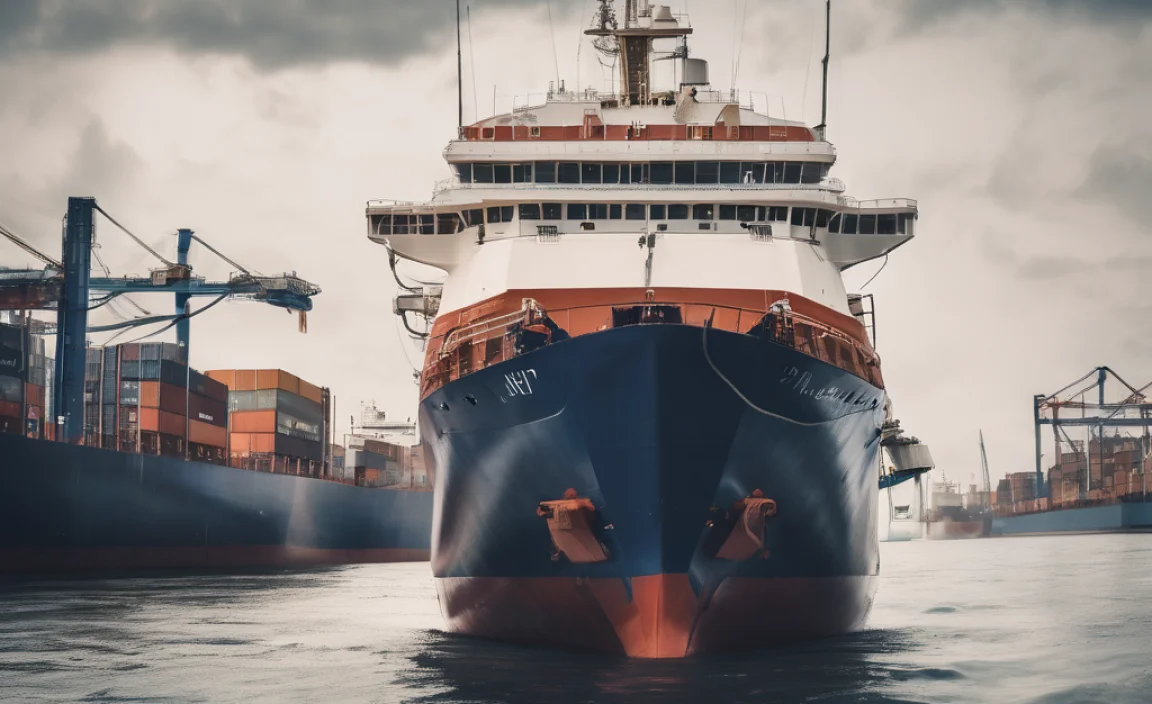
Hull shapes and their impact on stability. The role of weight distribution in preventing capsizing.
Ship design is important for keeping boats safe and stable. The hull shape affects how well a ship stays upright. A wide hull gives better stability. Weight also plays a big role. If heavy items are placed low, the ship won’t tip over easily. Here are some key points:
- Wide hulls resist tipping better.
- Low weight helps keep balance.
- Heavier cargo must be centered.
By understanding these factors, ship builders can design vessels that are safe and stable in water.
How do ships stay stable in the water?
Ships stay stable by having the right hull shape and balanced weight. A wider bottom helps resist tipping, and placing weight low helps keep the ship steady.
Materials Used in Shipbuilding
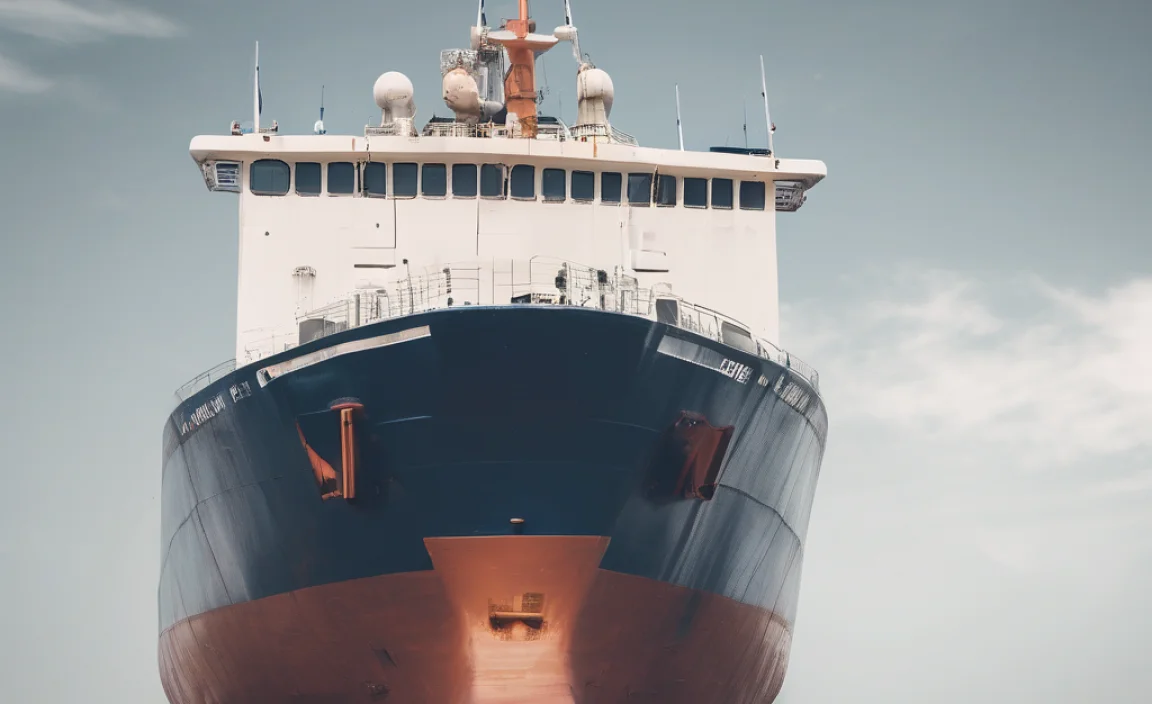
Lightweight and durable materials that resist sinking. Comparison of traditional vs. modern shipbuilding materials.
Ships are built using special materials that help them stay afloat. Lightweight and strong materials prevent sinking. Traditional ships used wood and metal, while modern ships use advanced materials like fiberglass and aluminum. These new materials are tough and resist damage, making ships safer.
- Wood: Heavy and can rot, but strong.
- Steel: Very strong, but heavy.
- Aluminum: Lightweight and resistant to rust.
- Fiberglass: Strong and very light, used in many modern boats.
What materials do ships use to avoid sinking?
Ships use lightweight and durable materials to stay above water. Options like aluminum and fiberglass are popular today.
Ballast Systems and Their Functionality
Explanation of ballast and its importance in ship stability. Types of ballast systems used in modern ships.
Ballast helps keep ships steady in water. It is often water or heavy materials placed in the ship’s lower parts. Having ballast is crucial for balance. It ensures the ship doesn’t tip over or sink. Modern ships use different ballast systems to achieve this:
- Water ballast: Uses water stored in tanks.
- Solid ballast: Uses heavy items like rocks or iron.
- Active ballast: Adjusts weight automatically to maintain balance.
These systems help ships sail smoothly and safely across rivers and oceans.
What is the role of ballast in ship stability?
Ballast is essential for ship stability. It keeps the center of gravity low, preventing capsizing.
Seawater and Structural Integrity
How ships are designed to withstand water pressure. Importance of regular maintenance in preventing leaks.
Ships are built strong to handle the heavy weight of seawater. They use special materials, making the hull tough against water pressure. Regular checks keep ships safe. Maintenance stops leaks before they start.
- Design allows ships to float even in rough waters.
- Sturdy materials resist rust and damage.
- Routine inspections catch problems early.
By ensuring ships are well cared for, we can keep everyone safe at sea!
How do ships avoid leaks?
Regular maintenance and sturdy design help ships stay strong and afloat.
Real-Life Examples of Ship Stability in Action
Case studies of ships that overcame challenging conditions. Lessons learned from shipwrecks and maritime disasters.
Ships often face rough seas, but some have shown amazing stability. One such example is the USS Independence, which survived a massive storm in 1945. It stayed steady due to its strong design and skilled crew. Another case is the Costa Concordia disaster. The lessons learned from this tragic event helped improve safety on newer ships. These stories teach us how important stability and design are to keep ships from sinking.
What lessons can we learn from shipwrecks?
Shipwrecks teach us crucial lessons about safety and design. Understanding why certain ships sink helps prevent similar accidents in the future.
Key Lessons from Maritime Disasters:
- Improved safety regulations.
- Better crew training.
- Enhanced ship design for stability.
The Future of Ship Design and Technology
Innovations in shipbuilding that enhance safety. The role of technology in monitoring ship stability and performance.
The world of ships is changing fast! New ideas make ships safer and smarter. Designers now use special materials that last longer and float better. This means fewer accidents. Also, technology helps monitor how well a ship is doing. Sensors check stability while sailing. This can keep everyone safe on board. Imagine knowing if a ship is tilting too much! With these advancements, the future looks bright for ships!
- Innovative materials for sturdiness.
- Advanced sensors for real-time monitoring.
- Better designs to prevent capsizing.
What new technology helps ships stay safe?
Advanced materials, sensors, and design improvements help ships sail safely.
Conclusion
In conclusion, ships don’t sink mainly because of buoyancy, shape, and technology. They are designed to float by pushing water away. You can explore this topic by watching videos about how ships are built. Learning about why ships stay afloat is fun and shows how smart engineering can be! So, keep asking questions and discover more about the world around us.
FAQs
Here Are Five Related Questions On The Topic Of How Ships Do Not Sink:
Ships do not sink because they are designed to float. They have a shape that pushes down on water, making the water push back up. This is called buoyancy. Ships are also built with strong materials and air-filled spaces, which help them stay above the water. So, when you see a big ship, remember it’s all about its shape and design!
Sure! Please give me the question you would like me to answer.
What Principles Of Buoyancy And Density Allow Ships To Float On Water Despite Their Heavy Weight?
Ships float because of two key ideas: buoyancy and density. Buoyancy is the force that pushes up on the ship from the water. Density is how heavy something is for its size. Even though ships are heavy, they are big and shaped to push away enough water, which keeps them floating!
How Do Ship Designs, Such As Hull Shape And Materials, Contribute To Their Stability And Ability To Stay Afloat?
Ship designs, like hull shape and materials, help them stay stable and float. A wide, flat hull can balance better on water. Strong, lightweight materials keep ships from sinking. When a ship is built well, it can handle waves and keep people safe.
In What Ways Do Watertight Compartments And Ballast Systems Help Prevent Ships From Sinking In Case Of Damage?
Watertight compartments are special sections inside a ship. If one part gets damaged, water can’t spread to other sections. This keeps the ship safer. Ballast systems help by adding weight to the bottom of the ship, making it stable. Together, they help the ship stay afloat even if it gets a hole.
How Does The Concept Of Displacement Play A Role In The Buoyancy Of A Ship?
Displacement helps a ship float on water. When a ship enters the water, it pushes some water away. This is called displacement. The amount of water pushed away is equal to the weight of the ship. If the ship weighs less than the water it displaces, it will float!
What Safety Measures And Technologies Are Employed By Modern Ships To Avoid Capsizing Or Sinking During Rough Weather Conditions?
Modern ships use several safety measures to stay safe in rough weather. They have strong hulls that help them stay steady. Ships also use weather radar to see storms early. Ballast tanks can fill with water to keep the ship balanced. Crew members are trained to handle tough conditions and make safe choices.

